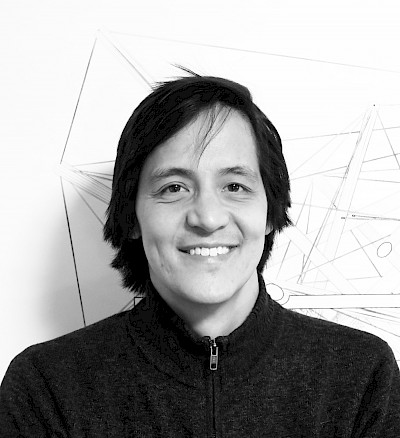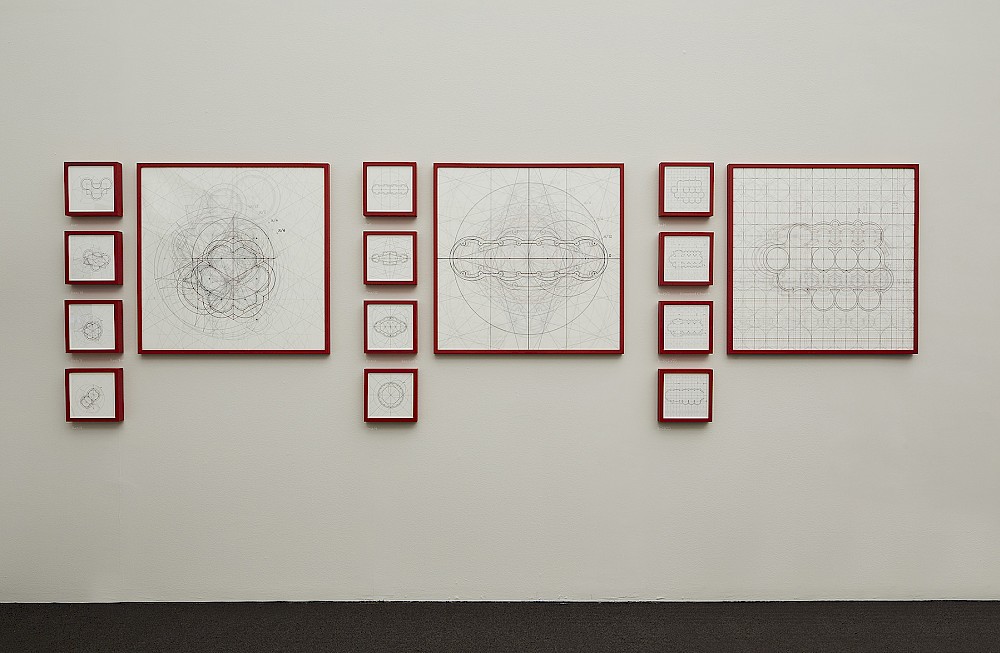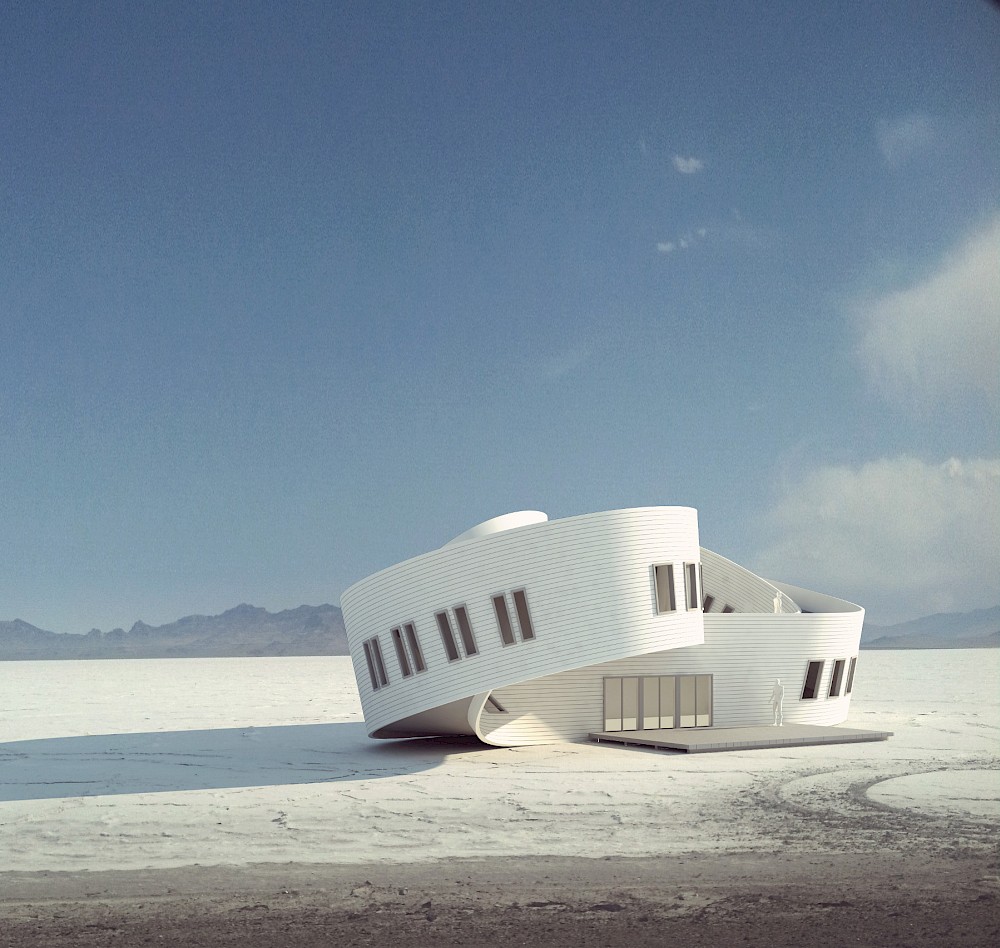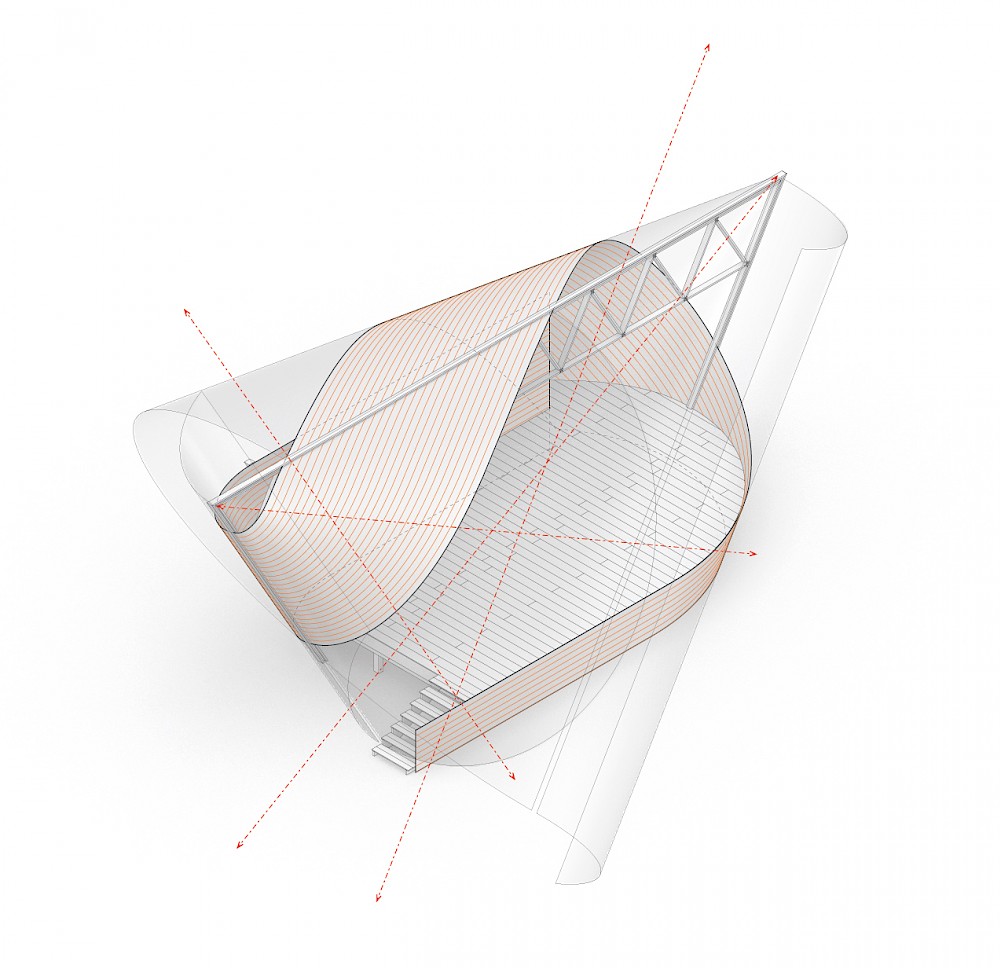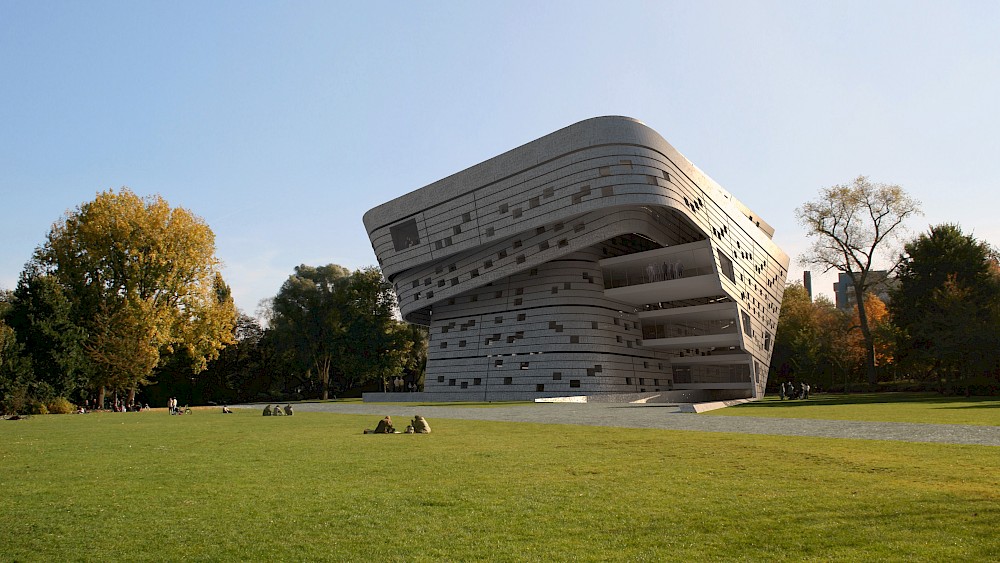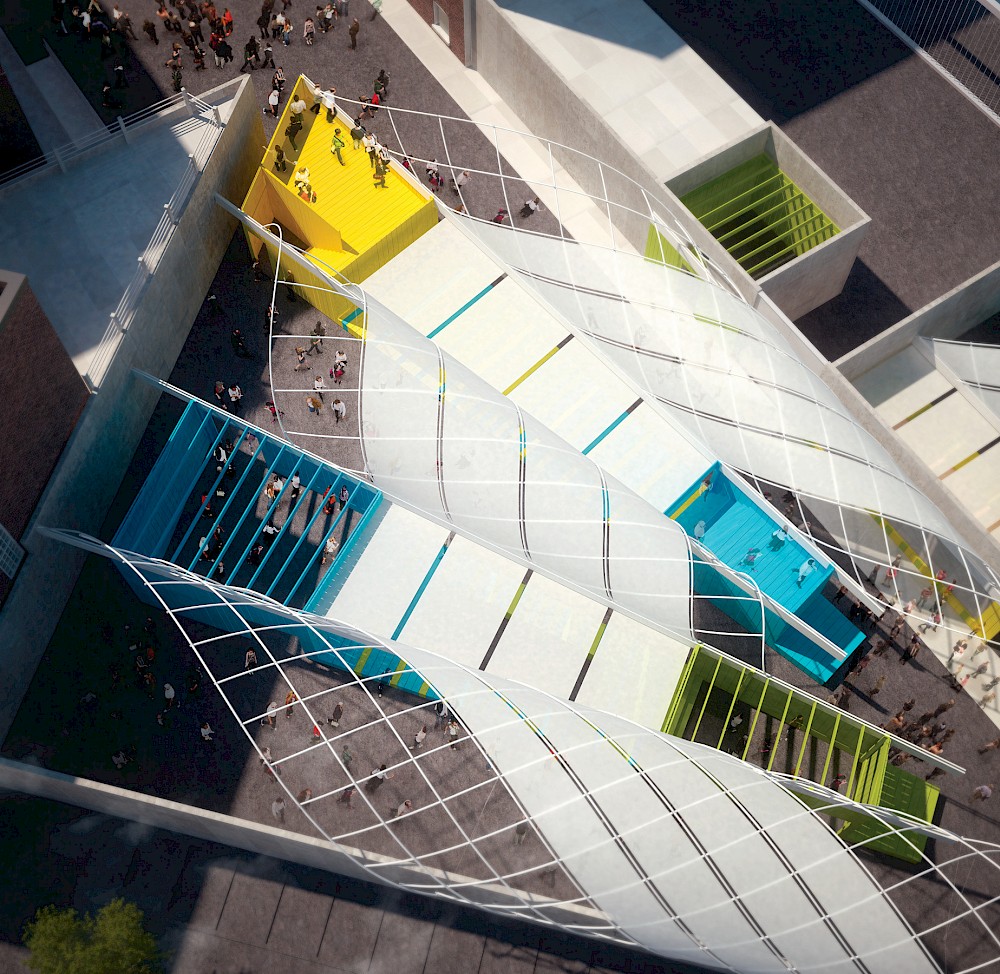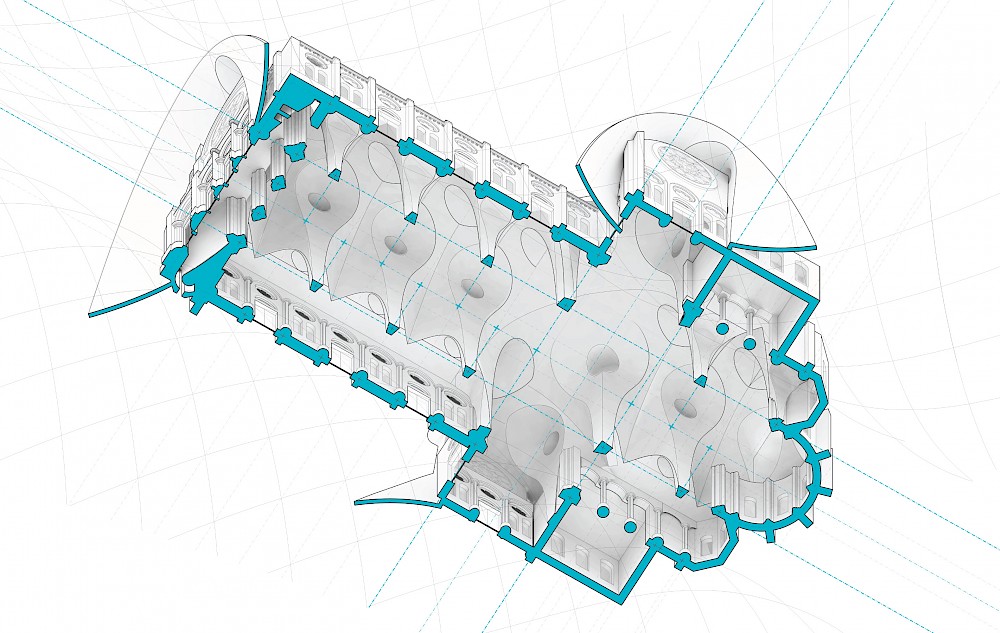BIENNIAL PROJECT
Baroque Machinations
Architectural historian Robin Evans once said that architects do not produce geometry, they consume it; Cameron Wu does both. Baroque Machinations is his ongoing work analyzing architecture via the methods of descriptive geometry. This technique, which spans back to the 16th century, was developed more seriously around the curricula of the polytechnic schools in France that taught both engineers and architects. Using this technique Wu takes floor plans from three baroque churches and investigates their geometries through drawing and animation. Each building exhibits a wide range of architectural characteristics produced using a single ruleset that measures reference points from the building’s geometrical relationships. These methods would be achievable using compass and rule: the primary drawing instruments of the baroque architect. Here, Wu using computerized means turns the reference points into flexible parameters that can be transformed to change the shape of the plan. The animations show the full range of cyclical transformations, while the drawings highlight degenerate and intermediate states. In each investigation, the actual plan of the baroque building recurs periodically to remind us of the special geometric and architectural qualities of the original design—symmetry, tangency, and congruence.
BIO
Cameron Wu is an Associate Professor of Architecture at the Harvard University Graduate School of Design where he coordinates core design studios and lectures in architectural geometry, design, and representation. He received his B.S.E. in Civil Engineering from Princeton University and his Master in Architecture degree from Harvard GSD. His independent architectural practice based in Cambridge MA engages with historical formal analysis and on-going research and design with developable and ruled surface geometries.



